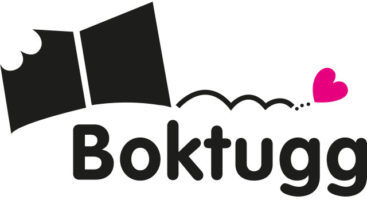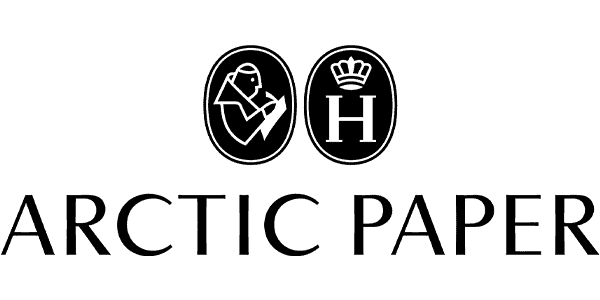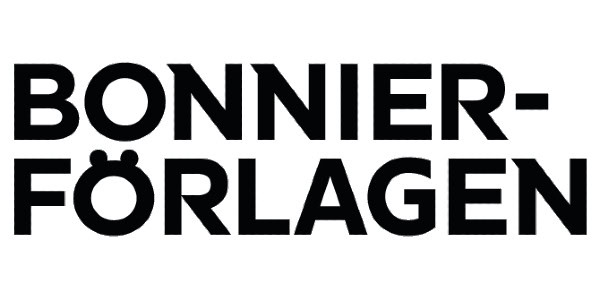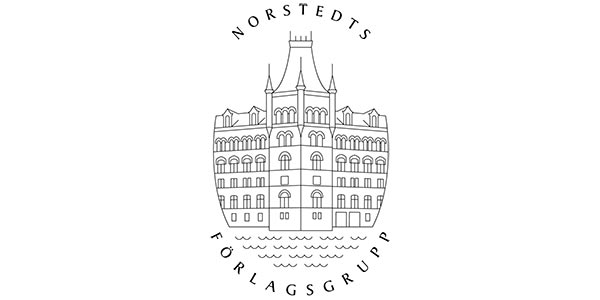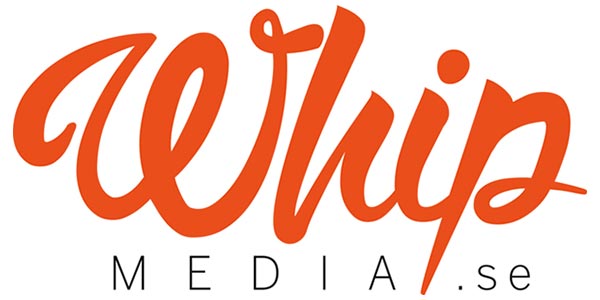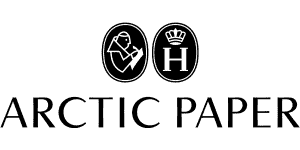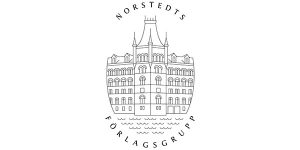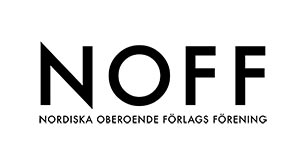
The Materiality of Writing. Manuscript Practices in the Age of Print

| Serie | Skrifter utgivna av Avdelningen för litteratursociologi vid Litteraturvetenskapliga institutionen i Uppsala |
|---|---|
| Författare | |
| Medverkande | |
| Förlag | Avdelningen för litteratursociologi |
| Genre | Litteraturvetenskap |
| Format | Danskt band |
| Språk | Engelska |
| Vikt | 0 |
| Utgiven | 2019-12-20 |
| SAB | G |
| ISBN | 9789198281958 |
We think of the eighteenth century as the heyday of print culture, when the presses drove the ever more rapid circulation of information and argument among ever wider circles of the European population. But it remains the case that well into the nineteenth century all writing was done by hand. In fact the intensification of print culture with the rise of modern commercial society and state systems depended on an ever-increasing output of writing with pen and ink. At the same time, handwriting, and in particular the signature, came to be understood as an index of character ad authenticator if personal intent, whether it appeared on contracts, petitions or letters, or in the guest books and autograph books that recorded friendship. In acknowledgement of this, scholars have begun to focus on the interactions between print and manuscript forms. Studies of the ‘reading revolution’ have shone a light on marginalia – not simply evidence for reader reactions, but increasingly an object of study in themselves. And research in the history of authorship and publication between 1750 and 1850 is homing in on authorial practices that self-consciously combined manuscript and print forms. It is no longer possible to presume that print and manuscript practices and their persistence can help us to re-vision classical modernity, including the shifting border between the public and the private.
This volume brings together new research by cultural historians and literary scholars that allows us to reflect on how a material approach to the uses of the pen might help us to understand the processes through which meaning and modernity were constructed in the long eighteenth century.
This volume brings together new research by cultural historians and literary scholars that allows us to reflect on how a material approach to the uses of the pen might help us to understand the processes through which meaning and modernity were constructed in the long eighteenth century.
